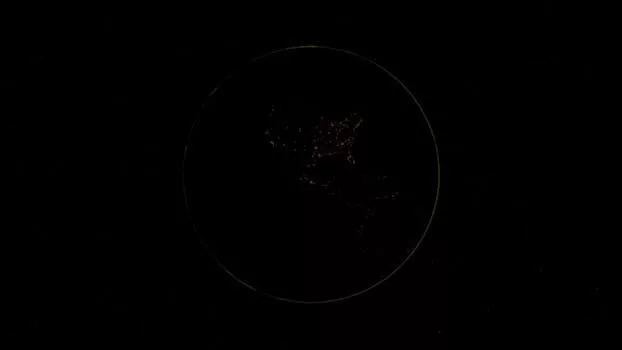
“
From Stardust to Dreams: Imagining Life Beyond the Stars – Exploring the Wonders of the Universe
From Stardust to Dreams: Imagining Life Beyond the Stars is a fascinating journey that takes us through the vast expanse of the universe, exploring the possibilities of life beyond Earth. As we venture further into the cosmos, we begin to understand the intricacies of the universe and the potential for life to exist elsewhere. In this article, we will delve into the wonders of the universe, exploring the stars, galaxies, and the mysteries that lie beyond. For a deeper dive into the imagination inspired by the cosmos, check out Soaring Through the Cosmos: The Power of Imagination Beyond the Stars.
Introduction to the Universe
The universe is a vast and complex system that has been evolving for billions of years. It is estimated that the universe is around 13.8 billion years old, and it is still expanding to this day. The universe is made up of billions of galaxies, each containing billions of stars. Our own galaxy, the Milky Way, is just one of these galaxies, and it is home to a diverse range of celestial objects, including stars, planets, and asteroids. For more on the wonders of the cosmos, consider reading The Infinite Universe of Imagination: Beyond Celestial Boundaries.
The Formation of Stars
Stars are massive balls of hot, glowing gas, and they are the building blocks of the universe. They are formed when a cloud of gas and dust collapses under its own gravity, causing the material to heat up and eventually ignite in a burst of nuclear fusion. This process is known as stellar formation, and it is the way in which all stars are created. Our own star, the Sun, is a perfect example of a star that has been formed through this process. To explore more about creativity inspired by stars, check out Stellar Inspirations: Unleashing Creativity Beyond the Stars.
Exploring the Galaxy
As we explore the galaxy, we come across a wide range of celestial objects, each with its own unique characteristics. From the majestic swirl of spiral galaxies to the eerie glow of nebulae, the universe is full of breathtaking sights. We also encounter a range of astronomical phenomena, including black holes, supernovae, and cosmic rays. Each of these phenomena plays a crucial role in shaping our understanding of the universe and its many mysteries.
The Search for Life Beyond Earth
One of the most intriguing questions that we face as we explore the universe is the possibility of life beyond Earth. As we venture further into the cosmos, we begin to realize that the conditions for life to exist are not unique to our own planet. Many other planets and moons in the universe have conditions that are similar to those of Earth, and it is possible that life could exist elsewhere. The search for life beyond Earth is an ongoing area of research, with scientists using a range of techniques to search for signs of life, including the study of exoplanet atmospheres and the search for biosignatures.
Conclusion and Takeaways
In conclusion, the universe is a complex and fascinating place, full of mysteries waiting to be uncovered. From the formation of stars to the search for life beyond Earth, there is still so much that we do not know. As we continue to explore the universe, we are constantly reminded of the awe-inspiring beauty and complexity of the cosmos. Some key takeaways from this article include:
- The universe is vast and complex, with billions of galaxies and stars.
- Stars are the building blocks of the universe, formed through the process of stellar formation.
- The galaxy is home to a wide range of celestial objects, each with its own unique characteristics.
- The search for life beyond Earth is an ongoing area of research, with scientists using a range of techniques to search for signs of life.
See more:
https://www.nasa.gov/
https://www.esa.int/
https://www.space.com/





